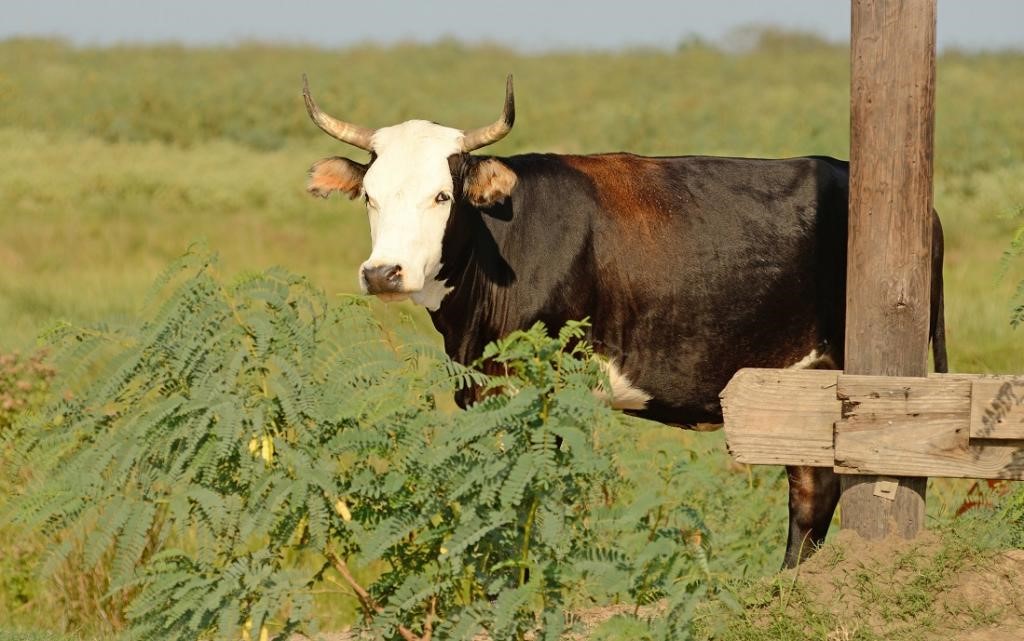Free Courses Sale ends Soon, Get It Now


Free Courses Sale ends Soon, Get It Now



Disclaimer: Copyright infringement not intended.
Context
Historical Context:
Criollo Cattle and Climate Adaptation:
Research by UCD Scientists:
Distinctive Traits:
Historical Evolution and Spread:
Origin and Spread:
Adaptations Over Time:
Challenges Posed by Climate Change:
Threats to Criollo Cattle:
Modern Challenges:
Conclusion:
Significance of the Study:
|
PRACTICE QUESTION Q. Evaluate the role of traditional cattle breeds in addressing climate change impacts on agricultural systems. Propose strategies to protect indigenous cattle breeds amidst modern agricultural practices and climate variability. |
© 2024 iasgyan. All right reserved